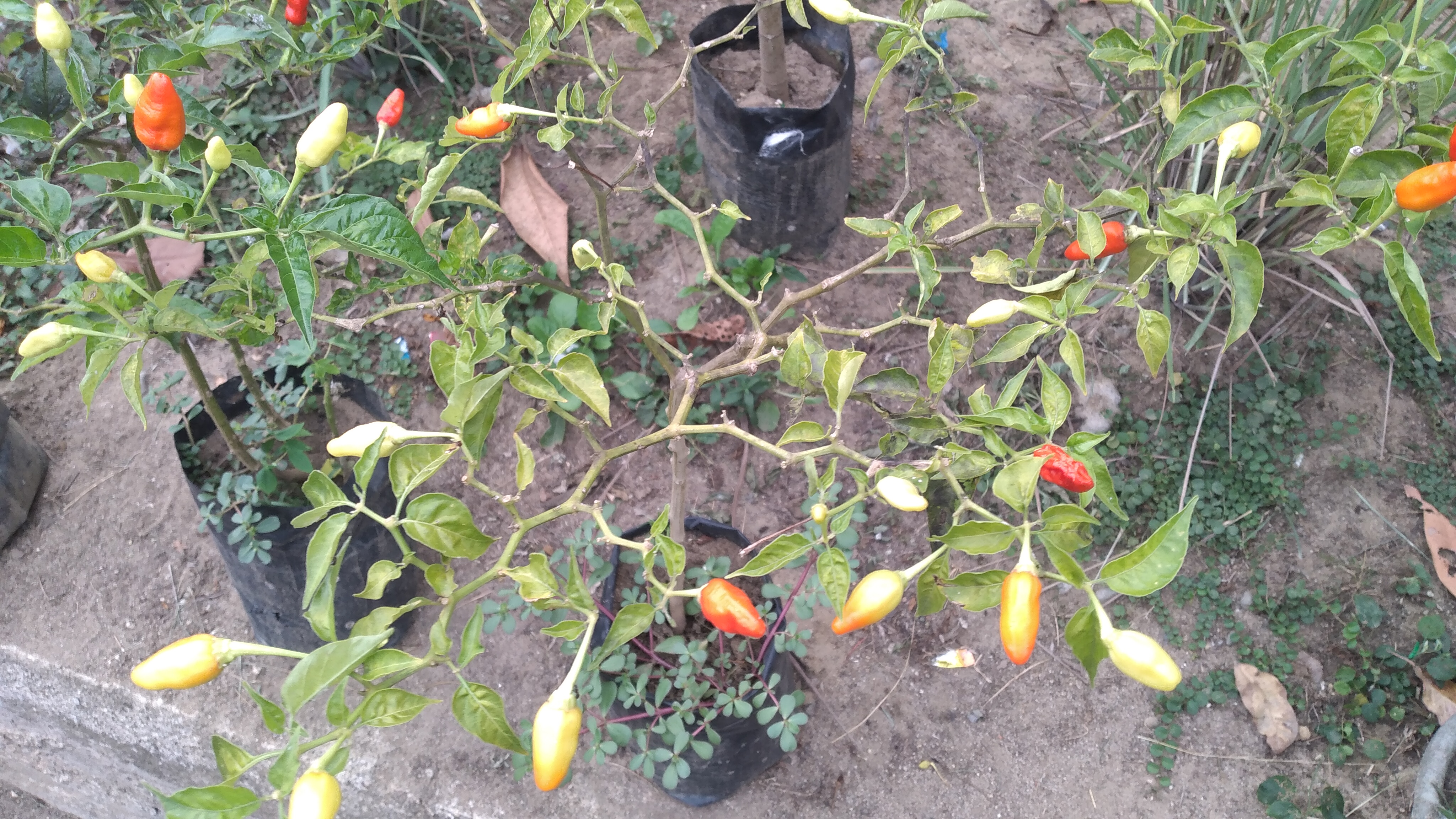
Chili is a type of vegetable that has high economic value and is much sought after on the market. There are many types of chilies, starting from large red chilies, curly red chilies, cayenne peppers, green chilies and so on. Cultivating chilies is actually quite easy, but you need to pay attention to several things such as the conditions of the growing area and the weather during the planting process.
Cayenne pepper plants can be planted both in lowland and highland areas. Cayenne pepper plants have a high tolerance for hot and cold temperatures so they can be planted in dry areas or areas with high rainfall. However, the maximum quantity and quality of results can be obtained if planted in the appropriate temperature range, namely 18-300 C
Apart from that, the humidity level also needs to be considered. High humidity can cause the crown to wilt and leaves to fall more quickly, while high humidity can cause root rot. Humidity also affects the susceptibility of cayenne pepper plants to pests and disease. Suitable air humidity for cayenne pepper is between 60% – 80%.
Conditions in areas with high rainfall are not recommended for planting cayenne pepper because it can affect the chili produced. However, planting cayenne pepper can still be done in areas that have high levels of rainfall, but provided that it is accompanied by a good drainage system and the planting distance is not tight.
Preparation of Planting Media and Chili Seeds
The first thing that needs to be done is to prepare the soil as a planting medium for cayenne pepper. Land that is ready for planting chilies will then be given manure as a preparatory step for planting cayenne peppers. Next, prepare the chili seeds to be planted. Seeds for planting cayenne peppers can be obtained from whole cayenne peppers whose seeds are taken, then the chili seeds will be used as planting seeds.